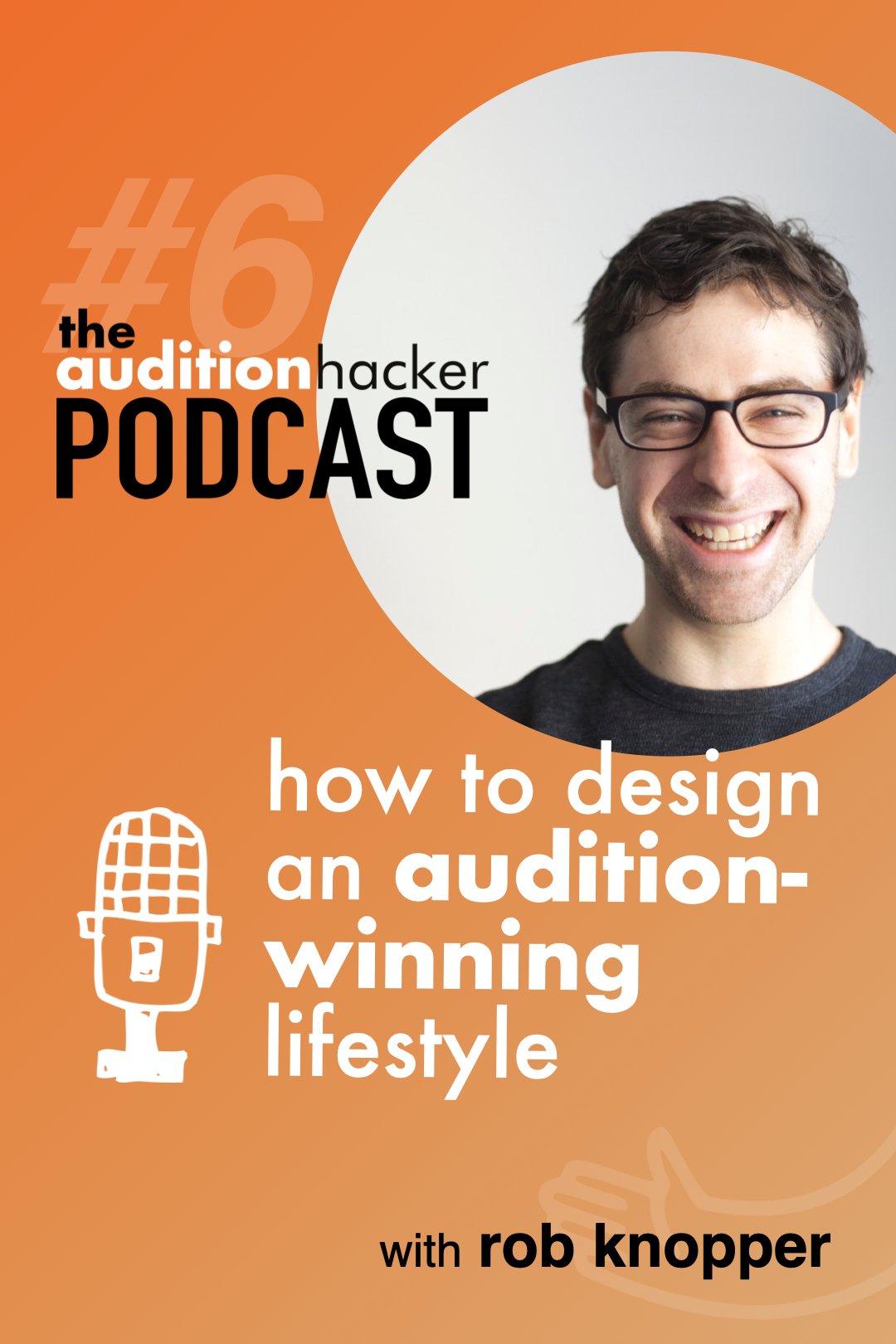should you really keep a practice journal?
“keep a practice journal” is such a standard piece of conventional wisdom for musicians that it’s basically gospel. if you’re practicing, they say, you should have a notebook where you write things down. you write what you did, what you need to do next, how it felt, and other things. (what do you write in your practice journal?)
so, would it surprise you to know that i have never been successful in keeping a practice journal? not a traditional one, at least. not for lack of trying: i’ve picked up notebooks and filled them with a few pages of writing. but it eventually fizzles out after i realize that it’s not actually providing me with the positive benefits that i’m looking for. it’s a place to write things down, sure, but how can i use those notes for self-improvement later? when i need some inspiration or to be reminded of a concept or conclusion, should i just read through every page of every practice journal i’ve ever made? what happens when i have ten of them? twenty?
like i said last week in how to retain your work, i believe in documenting everything that you do. you absolutely have to remember the problems, the solutions, and the process that you went through to get from problem to solution. those are the things that might get lost from one day to the next in the cavernous depths of your mind, but that unquestionably need to be remembered, referenced, and ingrained into your muscle-memory. the more information you have in front of you about a particular topic or piece that you’re playing, the more likely it is that you’re going to find better ways to fix it.
but. a traditional practice journal only goes partway.
normally, i think, people set up their practice journals chronologically, like a diary. you start at the beginning, you write the date at the top, and then you detail out the practice session as you go. then, the next day, you can revisit what you did the previous day, and you make new notes for that day. cool.
fast forward three months. you’re either getting to the end of that notebook or you’ve moved onto the next one. you’re preparing for a new audition, and you need to remember some of the important conclusions and solutions that you found the last time you did that excerpt. the problem is, you practiced that same excerpt 16 different times over the last 3 months. do you have to go read through your huge stack of journal entries? how about 3 years later?
when you’re working on an excerpt, the historical information from your entire life’s journey preparing that excerpt can be useful to you. if you’re working through an obstacle today, you might be able to find a clue from a previous lesson, or the root of an idea from a practice session a couple years ago. the individual journey of improving an excerpt can be circuitous and isn’t always linear. you might have an idea for how the phrasing should go, but at the moment you’re just trying to make the rhythms sound right. maybe you finally make the rhythms sound right for this audition but you haven’t been able to apply the phrasing idea because you ran out of time. but that phrasing idea can morph into 5 more phrasing ideas, and that can land you at a new interpretation that might be ridiculously amazing later.
the biggest problem with with the traditional practice journal is its system of organization. you don’t end up with a useful resource that you can refer to easily and anytime. you don’t need a chronological record of your daily practice sessions… you need a place where everything you’ve done on a single excerpt is documented and stored. you don’t need a practice journal, you need a practice binder system.
introducing my practice binder system.
there are three components to my "practice journal" that i’ve been growing and developing over the last decade and a half, and here it is.
1st: each excerpt gets its own plastic protector. this is the smallest unit in the system. i store all the information i’ve ever documented for an excerpt or piece in a single plastic protector. (more on each unit below.)
2nd: all the pieces i’m working on right now go in a current repertoire binder. i put all the plastic protectors that correspond to the current excerpts or pieces i’m working on right now together in alphabetical order so they’re all in one place.
3rd: all the pieces i’m not working on go in my excerpt storage library.
how it works, in action.
each time i have a new audition coming up, or if i have to play a new piece, i go to my excerpt storage library and retrieve the excerpts that i need and put them into my current repertoire binder. then, during my practice session, i open the current repertoire binder to the right page. i can reference the notes, and if i make new notes then i’d put them at the front of the rest of the notes. that’s a good place to write down questions when a lesson is coming up. then, i’ll go to my lesson and when i transcribe the recording of the lesson, i’ll organize those comments by piece. so a lesson with my teacher might yield three or four pages of notes - one for each excerpt. and, just to simplify things, those notes are organized by general comments at the top and then measure-specific comments in order below. that makes it easy to follow. those notes go into the plastic protector in the binder, and i can reference them at the next practice session and add more notes. then, when i’m done performing that piece, i take it out of the current repertoire binder and bring it back to the excerpt storage library to file it away in its place for easy access later.
what’s in each plastic protector?
i see each piece or excerpt as sort of a never ending project. name any percussion excerpt and i’ve played it in a variety of lessons, auditions, or orchestra concerts. each time i work on a piece, i make progress on it. and that progress is just a small part of the evolution that piece has gone through since the first time i picked it up.
each plastic protector has everything i need to practice the piece. it includes:
first, the cleanest and most legit copy of the music that i’m going to play from.
then, a chronological documentation of all my historical notes, including:
the notes from each lesson i’ve played it for, including the teacher and the date of the lesson,
notes from each practice session, including the date, problems, solutions, and other notes-to-self, and
exercises i’ve written for that piece.
finally, i keep a collection of all the different versions of sheet music that i’ve collected for that piece. that includes marked-up versions that i can use in orchestra and alternative publishers’ versions that may have different or controversial markings.
what’s in the current repertoire binder?
the current repertoire binder is made up of plastic protectors filled with all the current rep i’m playing, plus blank paper at the end.
the point of the current repertoire binder is to organize all the pieces that i’m playing in one place so that i never have to waste time dealing with different notebooks, loose sheets of paper, or anything else. it has everything i need in it to be successful in the practice room. no other random sheets or music books necessary.
at the back of the binder there are also blank pages to add to each plastic protector. it’s important that i have something fresh to work off of:
blank lined paper - if i were to call any part of this system a ‘practice journal,’ it’d be this. i write things in stream-of-consciousness here that are important or that i need to remember. it’s just that, instead of leaving those pages in order of when i wrote them, they get catalogued into the appropriate plastic protector so that i have it right there when i’m practicing that piece for the rest of my life.
blank sheet music - musical problems happen, and sometimes the answer is difficult to reach. and sometimes there are just technical problems that can’t be solved through little tweaks. sheet music is where i go to write exercises that may help solve problems with my pieces. those exercises get catalogued into each plastic protector too.
what does my binder storage look like?
last but not least, i have an absolutely giant collection of binders filled to the brim with plastic protectors containing all my excerpts, pieces, solos, etc. for me, they're organized alphabetically into those three major types:
solos - concertos or solo parts. this could also be broken up into solos and chamber music.
orchestra repertoire - full pieces that i’ve learned for orchestra that i could take to orchestra and play from
excerpts - these are just the individual excerpt, and YES, i have a different plastic protector for each excerpt even if they’re from the same composition.
as a percussionist, i break these up by instrument:
snare drum (solos, orchestra repertoire, and excerpts)
mallets - organized by dividers for xylophone, bells, vibraphone, and “etc.”
timpani
accessories - organized by dividers for tambourine, triangle, cymbals, bass drum, and “etc."
and since i’ve been dedicated to growing this library for quite a while, each section is broken up into sometimes two, three or four separate binders, alphabetically. here’s an example:
A-E
F-mahler
mendelssohn-shostakovich
tchaikovsky-Z
what’s next?
one thing you might notice? this is all about music and notes that are directly documented onto thin slices of trees. that’s NOT very ‘auditionhacker’ and it doesn’t even have basic keyword or search functionality! this is just how i originally set it up, and right now i’m in the process of transitioning it all over to digital. i’ve been scanning it all for a few years now, and i’d like to organize it similarly into folders and PDFs. or should i use software?
do any of you out there know of software that would be perfect for this kind of thing? do you have questions about this organization method? let me know in the comments! we’ll continue the conversation there.
and - do you know anyone who is super unorganized and could benefit from hearing this information? share it on facebook and help out your friends.












in 2019, a cellist named maria reached out to me about her audition struggles. on paper, she was the “worst audition candidate ever” (her words). she had 2 small children, a full-time teaching job, and hadn’t taken an audition in 4 years.